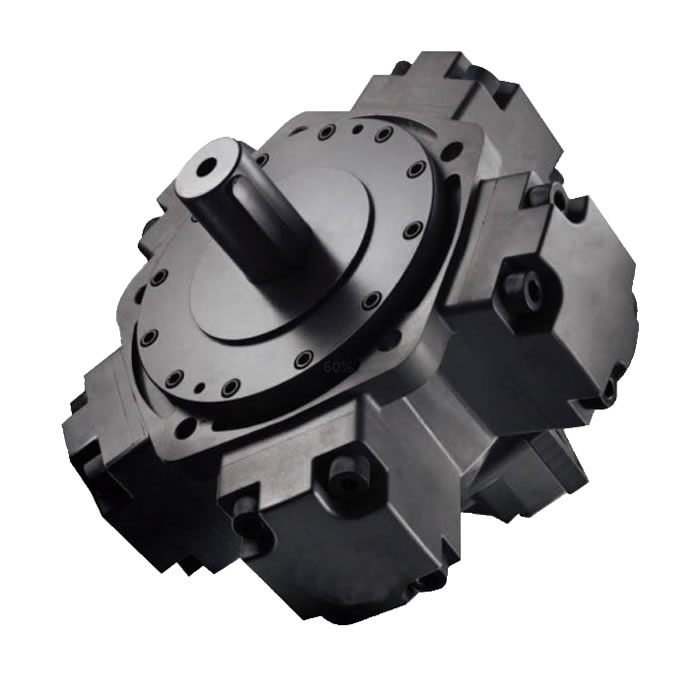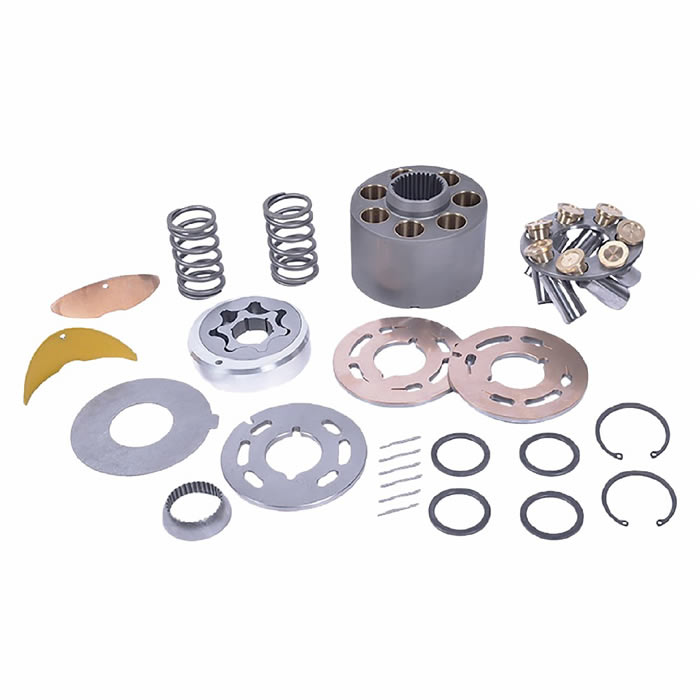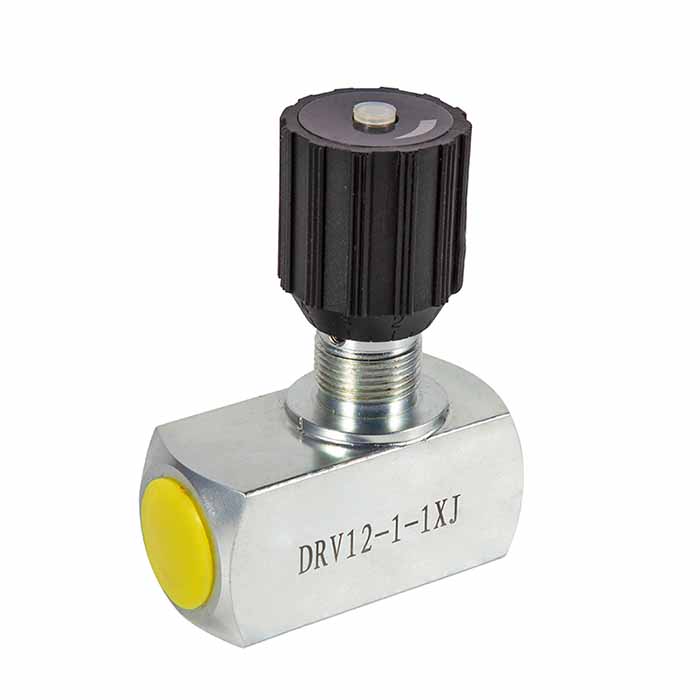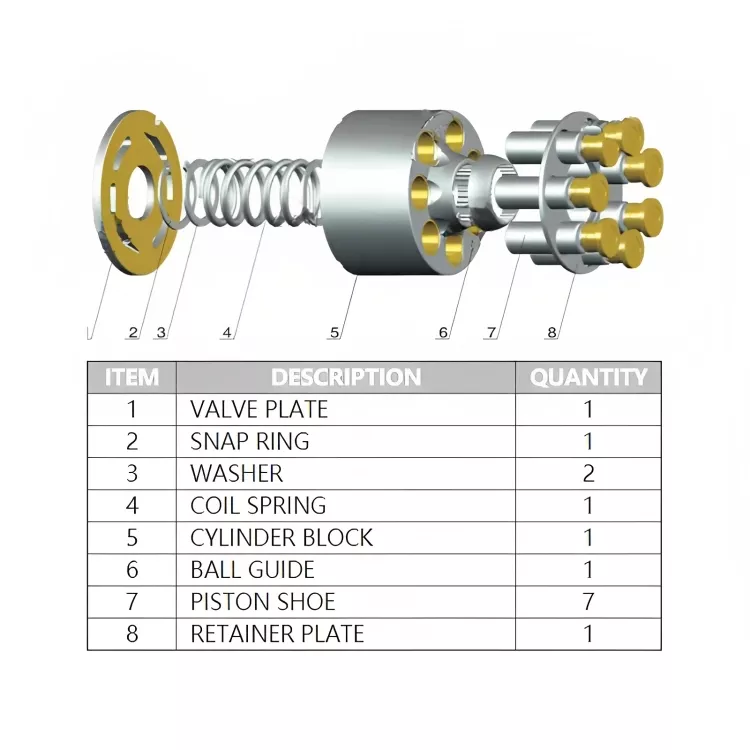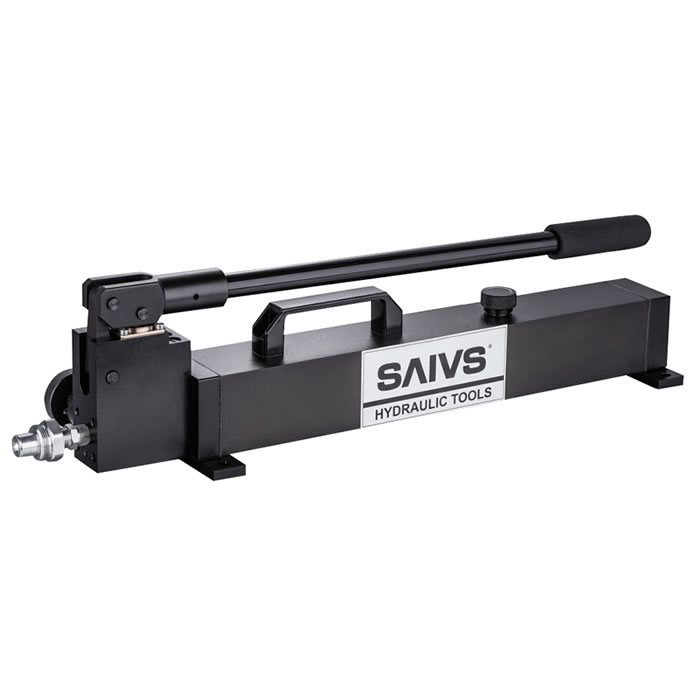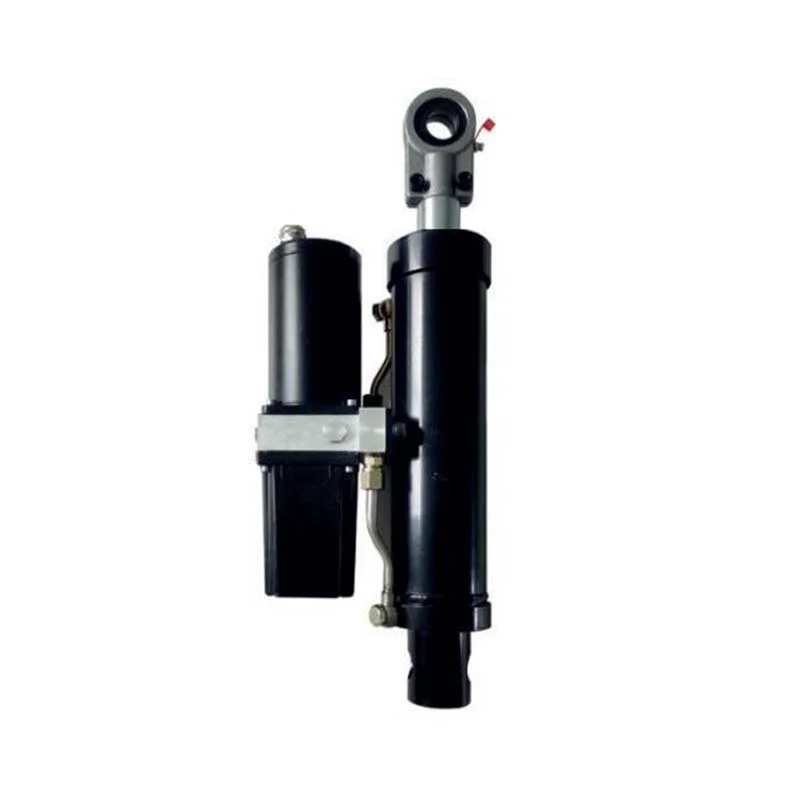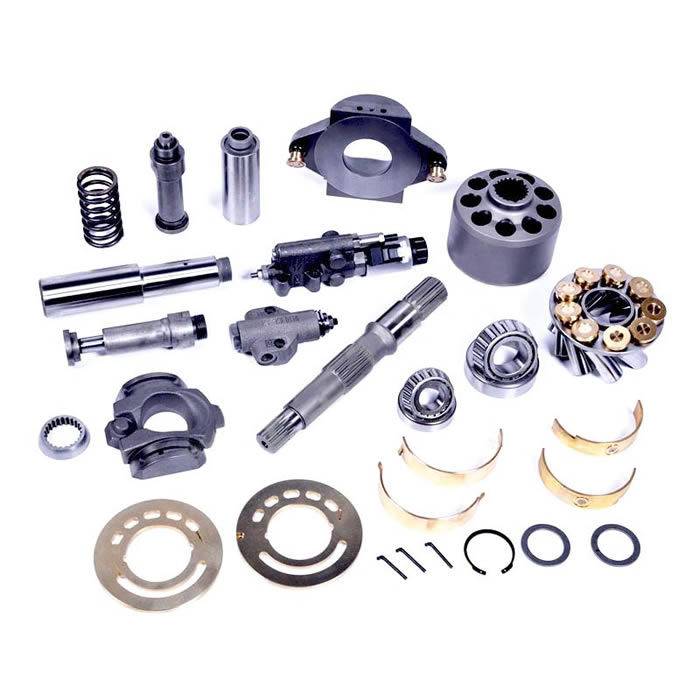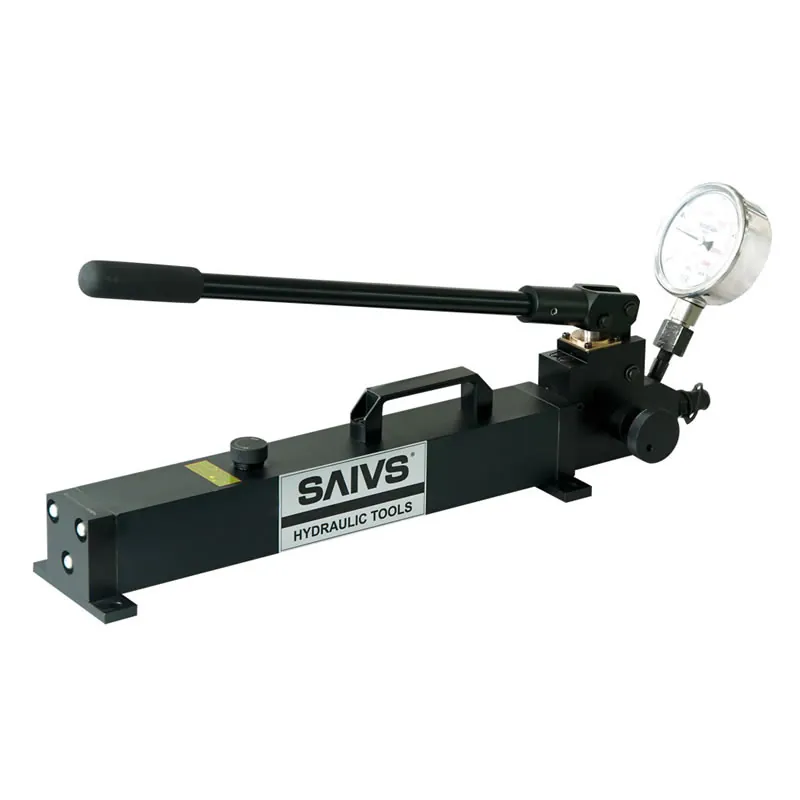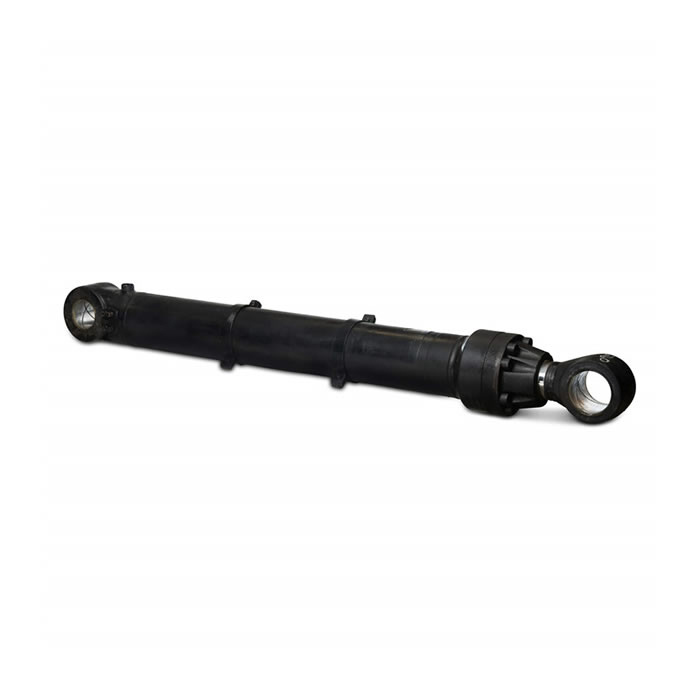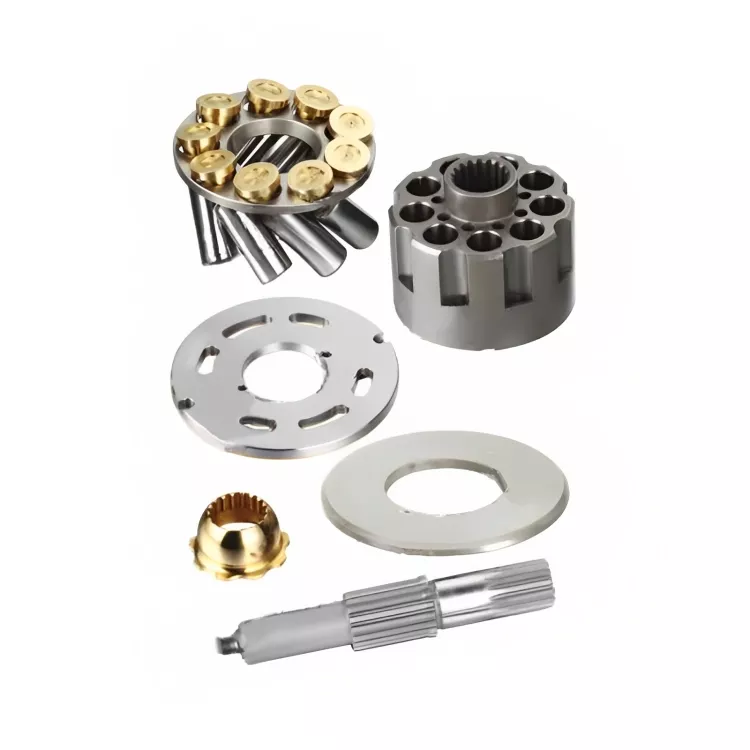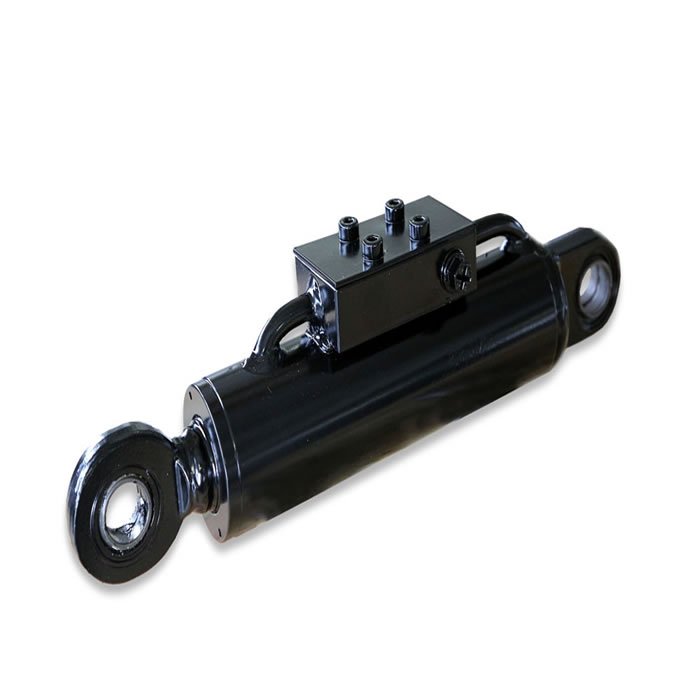Can a Hydraulic Motor Drive a Load When the Hydraulic Pump Flow is Insufficient
In Hydraulic Systems, the relationship between the hydraulic pump and the motor is crucial for determining the system's performance. The hydraulic pump supplies the fluid flow, while the motor converts this hydraulic energy into mechanical energy to drive a load. A key question arises: can a Hydraulic Motor effectively drive a load when the pump's flow is insufficient?
Understanding Flow and Pressure
In a hydraulic system, the flow rate provided by the pump determines the speed at which the hydraulic motor operates, while the pressure defines the force or torque the motor can generate. When the hydraulic pump's flow is insufficient, it directly affects the motor's speed. The motor may still produce torque, but its ability to maintain the required speed to drive the load can be compromised.
Impact on Motor Performance
If the hydraulic pump delivers a flow rate lower than the hydraulic motor's requirements, several performance issues may arise:
Reduced Speed: The most immediate effect is a reduction in the motor's speed. Since speed is proportional to flow rate, any decrease in flow leads to a corresponding decrease in the motor's rotational speed. This can cause the system to operate slower than expected, potentially failing to meet the operational requirements.
Inadequate Torque: While the motor may still generate torque, it might not be sufficient to overcome the load's resistance, especially if the system is designed for a specific operating point. If the motor's speed drops too low, the generated torque might not be adequate to move the load, leading to stalling or inefficient operation.
Potential System Instability: Insufficient flow can also lead to system instability. For instance, in dynamic applications where speed regulation is critical, a drop in flow can cause erratic motor behavior, impacting overall system control and potentially leading to mechanical failures.
Scenarios Where the Motor Might Still Operate
There are scenarios where a hydraulic motor might still drive a load despite insufficient pump flow:
Low Load Conditions: If the load is light and requires minimal torque, the motor might still operate effectively, albeit at a reduced speed. In such cases, the reduced flow may not severely impact the system's ability to perform its intended function.
High Pressure, Low Flow Systems: In systems designed to operate at high pressure but with low flow rates, the motor can generate high torque at low speeds. These systems can sometimes continue to function adequately under reduced flow conditions, although this depends on the specific application and load requirements.
Conclusion
While a hydraulic motor can technically still drive a load when the hydraulic pump's flow is insufficient, the system's overall performance will likely be compromised. Reduced speed, inadequate torque, and potential system instability are common issues that arise under such conditions. For optimal operation, ensuring that the pump's flow rate matches the motor's requirements is essential.

